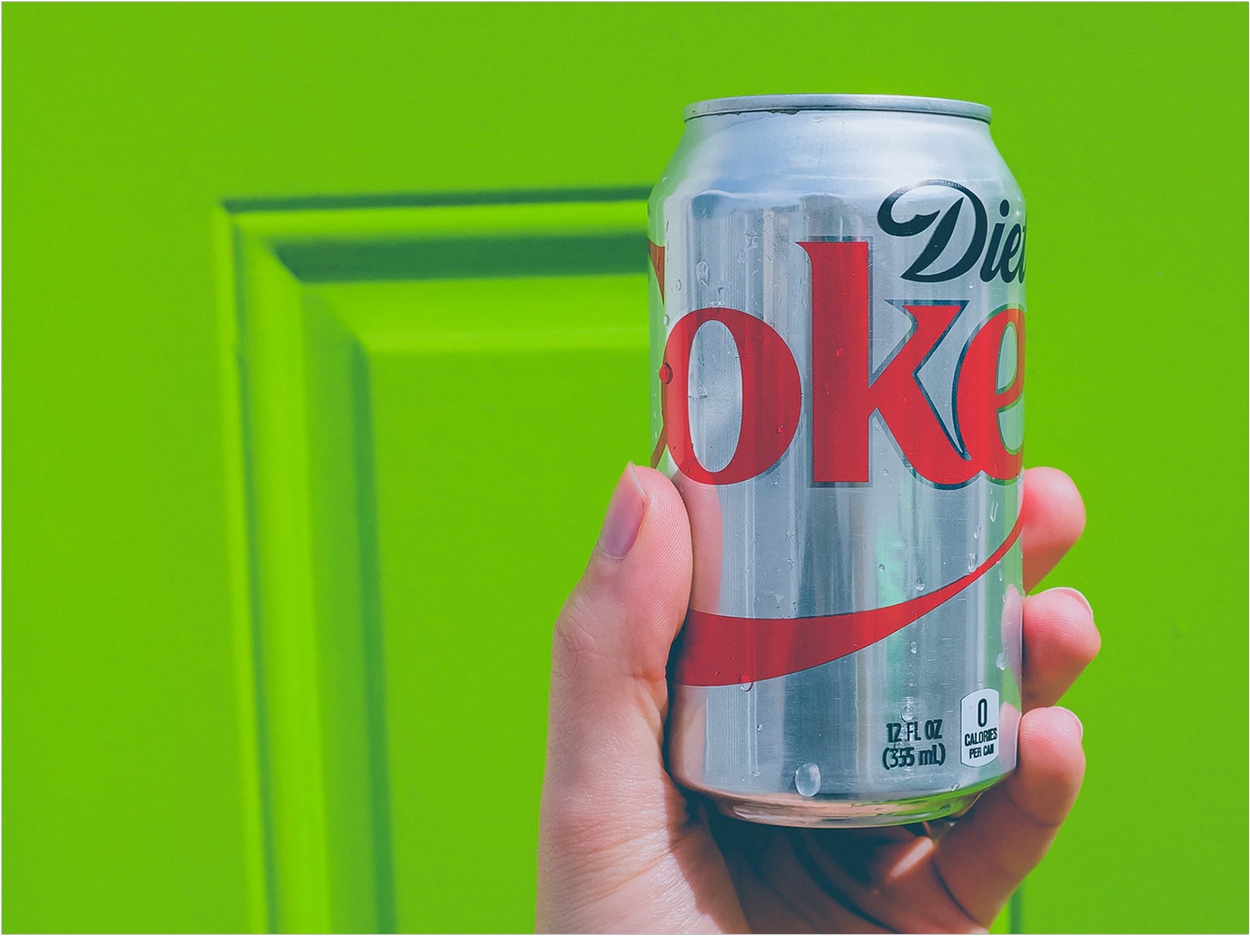
Household purchases of foods and beverages that include caloric sweetener (CS), or sugar, declined in the United States between 2002 and 2018, while purchases of foods that included both caloric sugars and nonnutritive sweeteners (NNS), or sugar substitutes, increased, according to researchers at the University of North Carolina (UNC) at Chapel Hill.
“With excessive sugar consumption linked to chronic cardiometabolic diseases, sugar reduction has become an important public health strategy,” said lead investigator Barry Popkin, PhD, WR Kenan Jr Distinguished Professor in the Department of Nutrition at the Gillings Global School of Public Health and Carolina Population Center at UNC at Chapel Hill.
“This has resulted in greater innovation by the food industry and increased use of NNS in our food supply,” Popkin added.
NNS include aspartame, saccharin, rebaudioside A (reb-A), and sucralose, which provide sweetness to products without the calories of sugar or high fructose corn syrup. The study looked at how the prevalence and volume of food that include commonly consumed NNS types in the United States packaged food supply had changed between 2002 and 2018.
Co-investigator at Gillings Global School of Public Health associate professor Shu Wen Ng, PhD, said the study found a decline in the prevalence of products including aspartame and saccharin, but an increase in those with sucralose (from 38.7% to 71.0%) and reb-A (increased from 0.1% to 25.9%).
Beverages accounted for most of the products purchased with NNS only or combined with CS. Compared to households without children, households with children are buying more packaged beverages and foods products that include NNS. While this aligns with public health objectives, it also raises other concerns about exposure to NNS, the researchers said.
Also, non-Hispanic whites purchased almost double the volume of products including NNS compared to Hispanics and non-Hispanic blacks throughout the study period. However, non-Hispanic black households showed a 42% increase in the proportion of households purchasing beverage products including both CS and NNS between 2002 and 2018, indicating that purchasing behavior may be changing for this group.
The analysis used a nationally representative dataset on household purchases at the barcode level (Nielson Homescan) in 2002 and 2018 linked with Nutrition Facts Panel (NFP) data and ingredient information using commercial nutrition databases that are updated regularly to capture reformulations.
Keyword searches were performed on ingredient lists to classify products including various types of NNS. The researchers then derived each household’s total volume purchased per capita per day in 2002 and 2018 that included NNS and/or caloric sugars and the percent of households purchasing foods and beverages by sweetener type.
“There is a need to be able to track our exposure to specific types of sweeteners in order to properly understand their health implications,” said Dr. Elizabeth Dunford, who also is affiliated with the Gillings Global School of Public Health and Carolina Population Center.
“The change to the food supply our study documents reinforces the need to develop and maintain the data systems to monitor what companies are putting in their foods. This work can help complement new and emerging clinical evidence about the different cardiometabolic and health effects of each NNS type,” said Dunford.
“Considering further improvements to the Nutrition Facts label to include the amounts of NNS when present in products can allow monitoring of our exposure to these additives so that we can better assess their potential harms or benefits on health,” said Ng.
Previous observational studies have linked NNS consumption to increased body weight, type 2 diabetes, and other adverse cardiometabolic outcomes, while others have found the opposite effect, the researchers said.
Results from randomized controlled trials and meta-analyses have not demonstrated any relationship between NNS and increased consumption of sweet foods. It is unclear whether the inconsistency of the findings is due to studies typically categorizing all NNS together rather than examining differences in the effect of specific types of NNS on outcomes.
The study, “Types and Amounts of Nonnutritive Sweeteners Purchased by US Households: A Comparison of 2002 and 2018 Nielsen Homescan Purchases,” was published by the Journal of the Society of Nutrition and Dietetics.
Related Articles
Sugar Tax Models Improve Health and Save Costs
Dental Teams Could Play a Greater Role in Diabetes Identification
Prevention Preferred in Fighting Tooth Decay












